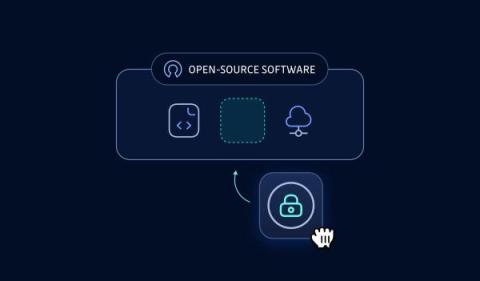NIS 2 Directive: Strengthening IoT Security in the EU
In today’s interconnected world, the Internet of Things (IoT) plays a crucial role in various sectors, from healthcare and transportation to energy and critical infrastructure. However, with the increasing reliance on IoT devices comes the heightened risk of cybersecurity threats. To address these challenges and enhance cybersecurity measures across the European Union (EU), the NIS 2 Directive (Directive (EU) 2022/2555) was introduced.











